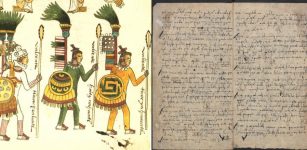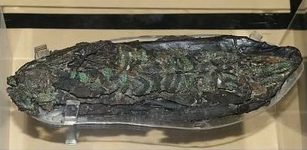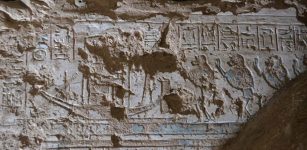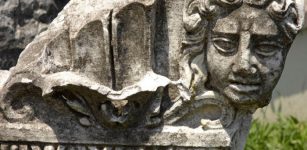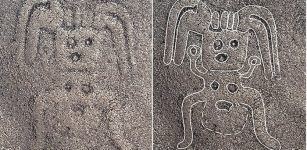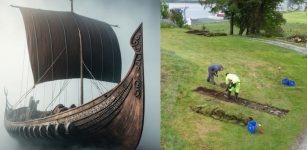Lost Archives Of The Second Temple: Digging For Secrets In The Mysterious Cave 27
MessageToEagle.com – Archaeologists conduct excavations in the vicinity of Ein Gedi, located west of the Dead Sea, near Masada and the caves of Qumran, under the guidance of Dr. Haim Cohen of Haifa University, set up to find the Lost Archive of The Second Temple.
Their work is particularly focused on diggings in two mysterious caves where the archive may have once been hidden by priests.
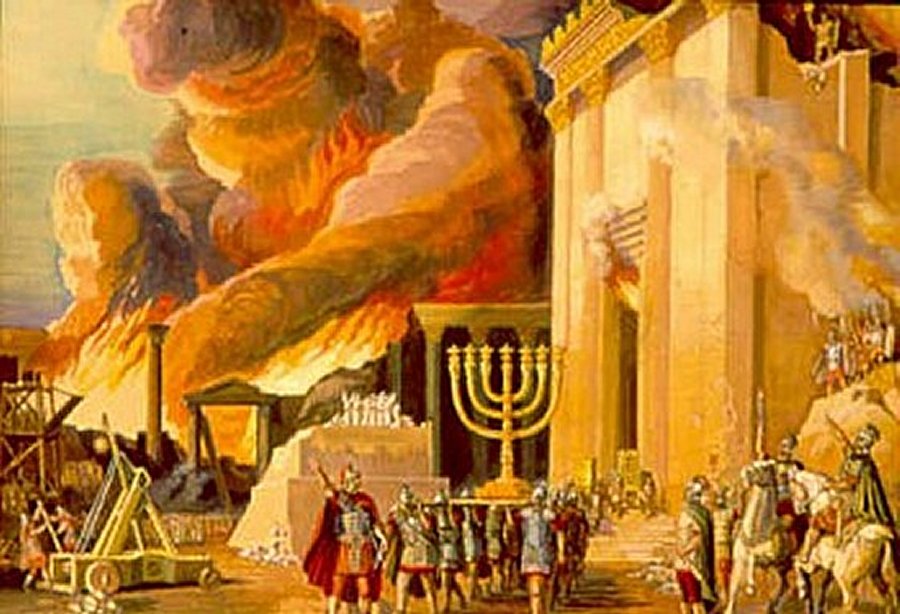
One of King Herod’s most impressive architectural achievements – the famous Jewish Second Temple – was destroyed by the Romans in 70 CE and the Lost Archive probably contains important records relating to the Second Temple period of Jewish history along with title correspondence and deeds to land.
The team will especially continue to excavate a cave known as “Cave 27”, (the “Mikveh Cave” or Cave of the Pool at Nahal David) located in a cliff approximately 400 meters above the Dead Sea.
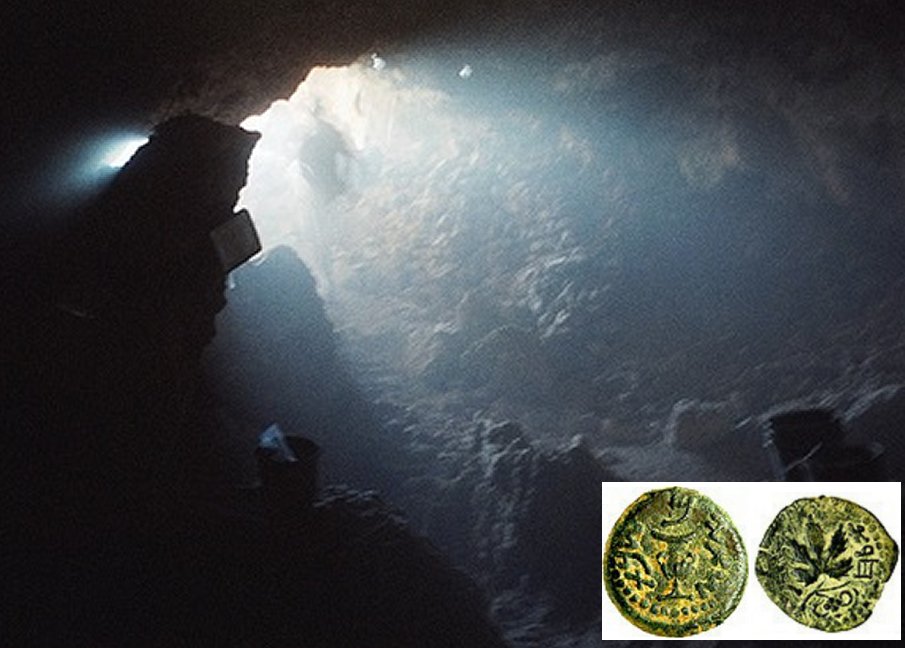
The place is best known for the Second Temple period (530 BCE to 70 CE) mikveh, or ritual cleansing pool, dated to the time of the first centuries B.C. and A.D., which was discovered and excavated just outside the cave entrance.
Many artifacts have already been excavated in the cave, for example, textiles, date pits, ropes, olive pits, two coins of Agrippa I, a glass bottle, an iron trilobate arrowhead from the Early Roman period, shen hearth as well as a pottery seal with a geometric decoration considered to be from the Chalcolithic period.
However, the most intriguing for researchers is the location of mikveh.
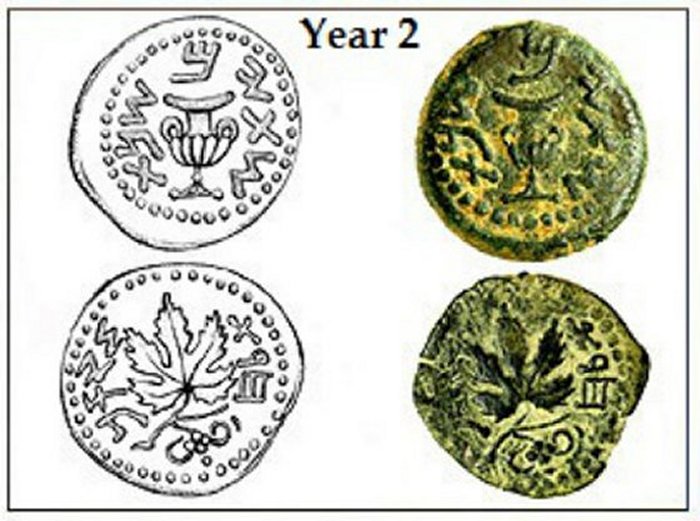
“During the Second Temple period (and at other times)”, reports Cohen, “a man could not touch anything sacred without first undergoing the ritual cleansing process prescribed by the priests.
It was a very strict rule, and the presence of sacred items and the need to handle them, can be the only reason for this mikveh being built up in a cave, in the cliffs 400 meters above the Dead Sea,” Cohen said.
“A man (or woman) must climb up one side of the steps, be completely immersed in water, and then exit from another set of steps without ever touching the dirty steps.”“Not only was the cleansing process strictly proscribed but also the building process had very specific rules too: No metal could be used in its construction because metal may have been used to kill someone.”
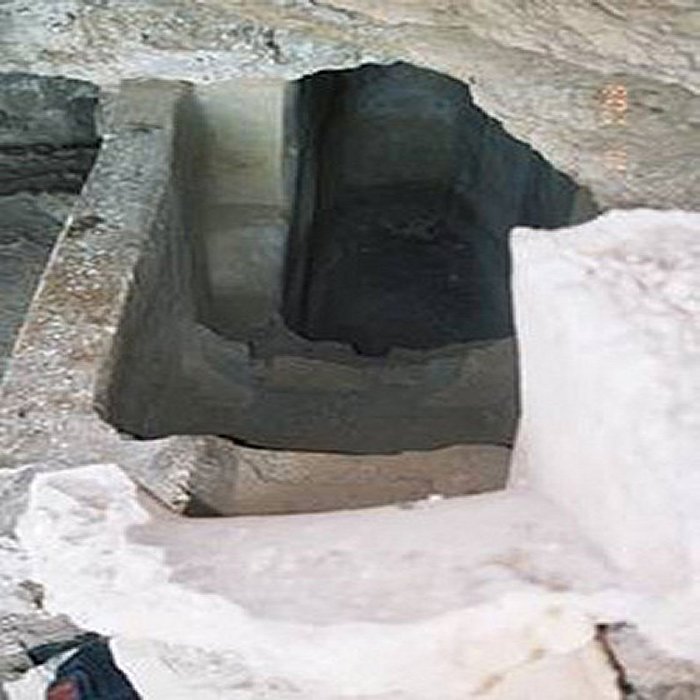
No pottery could be used to make the plaster because that pottery may have been used in a sacrifice to another God. The water must be part rainwater and part spring water. And there were many more rules, all of which make the presence of the mikveh in this very inaccessible place even more remarkable.
It must have taken a lot of resources and time to build; the temperatures in the desert seldom drop below 40c, the climb is extremely dangerous, water is scarce, carrying building materials was difficult and so on.”
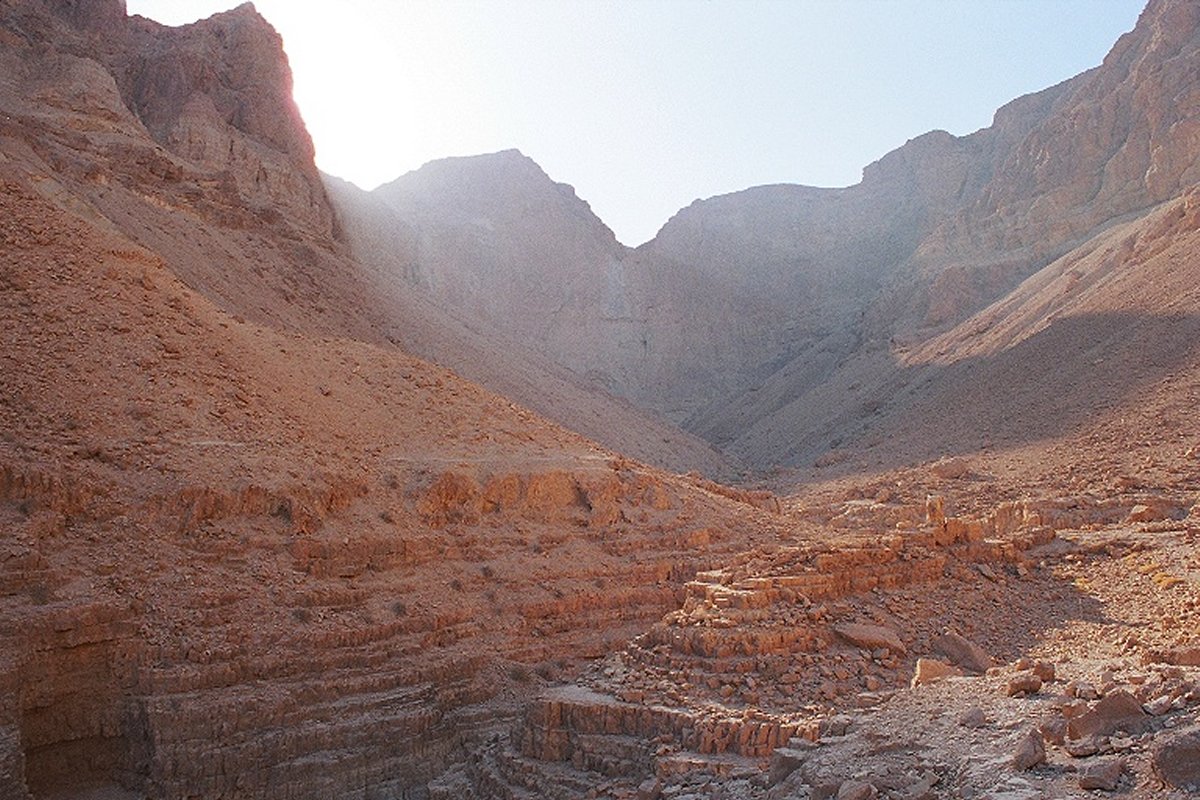
“This is the question we are hoping to answer when we excavate the cave in the 2012 season (beginning October 28),” says Cohen. “Academia have now accepted that what was previously thought to be a cistern or a pool is, in fact, a mikveh, and we must build from there. We want to know what was in this cave that meant a mikveh was necessary. Scrolls? Temple artefacts?”
Very interesting is also another cave in direct vicinity of the “Cave 27”. This sealed cave was discovered by Dr Cohen in 2007.
The ‘Sealed Cave’ may have been sealed for thousands of years and the researchers will be digging for its secrets.
“After so many real and metaphorical mountains to climb – we are now committed to a dig starting on the 28th of October and ending on the 16th of November this year. Licences have been granted by both the Israel Antiquities Authority and the Park Authority, allowing an expedition to excavate one cave, and survey another,” Cohen said.
MessageToEagle.com
Expand for references


